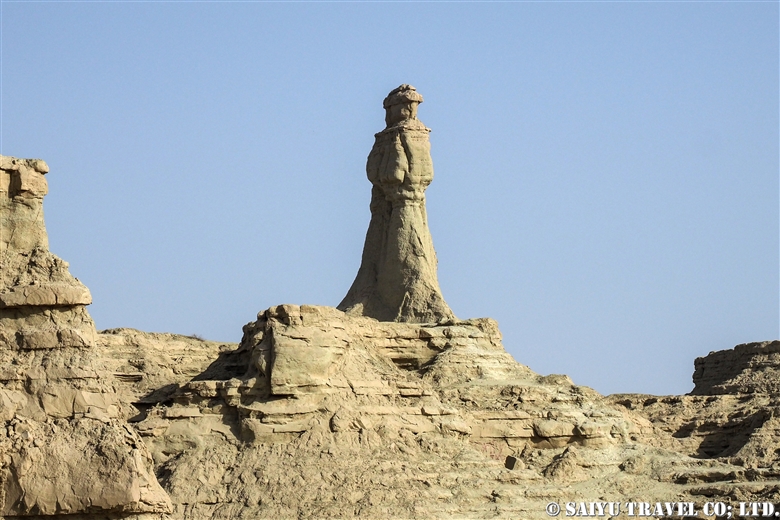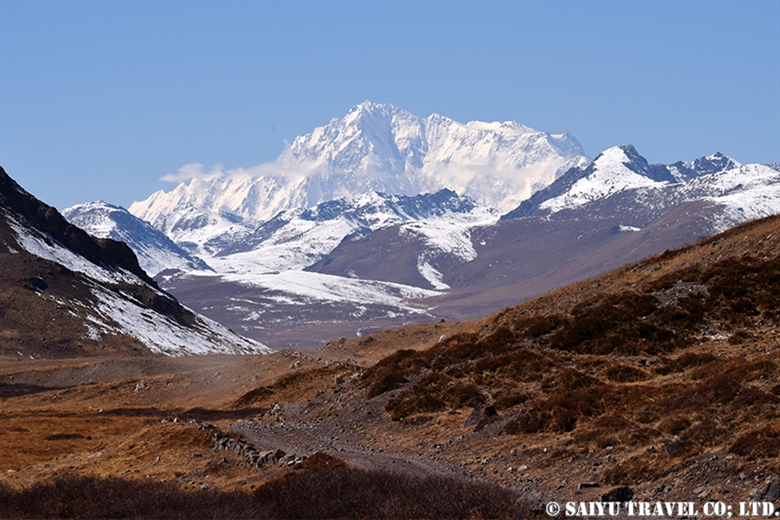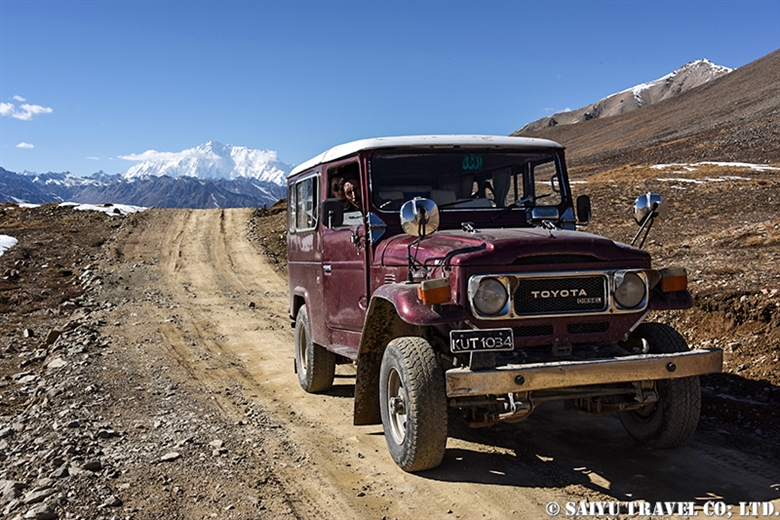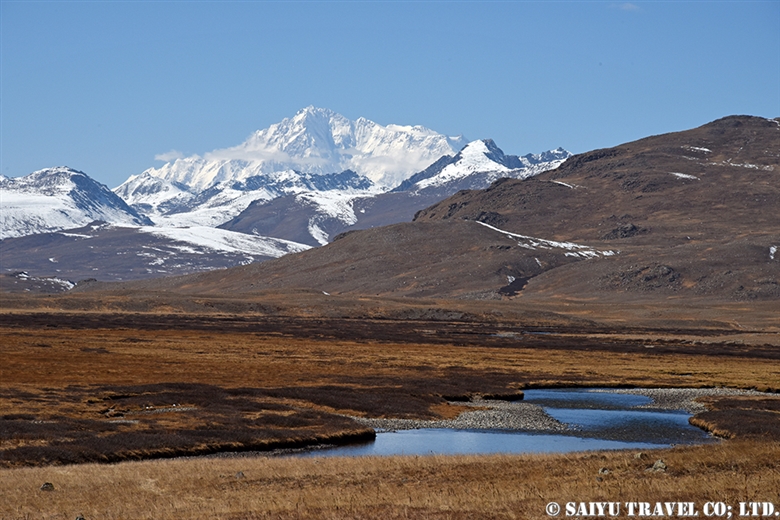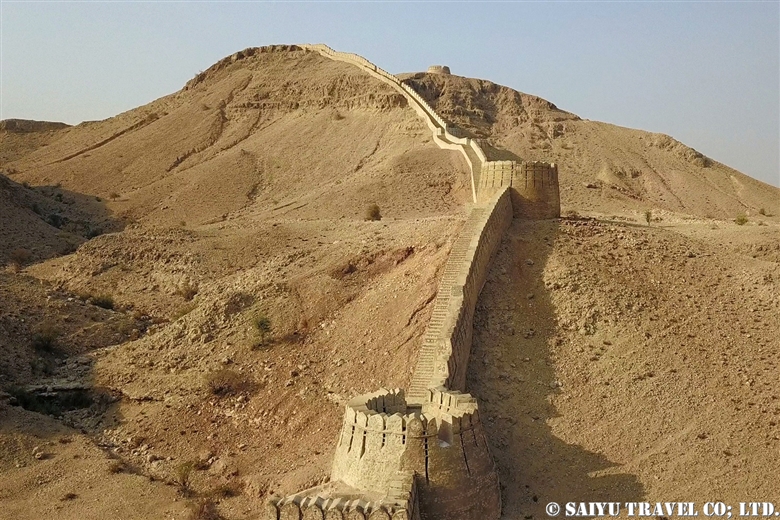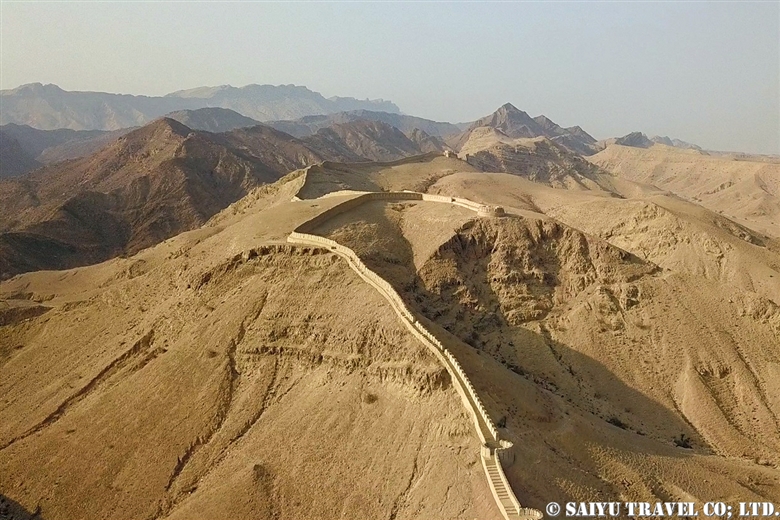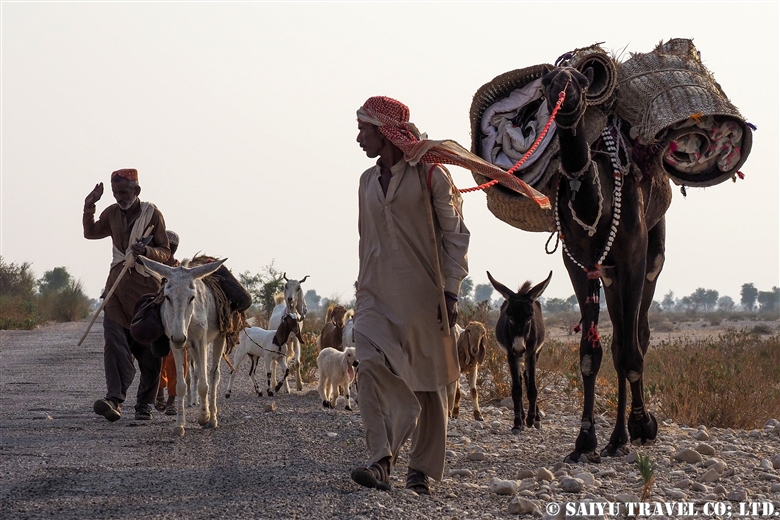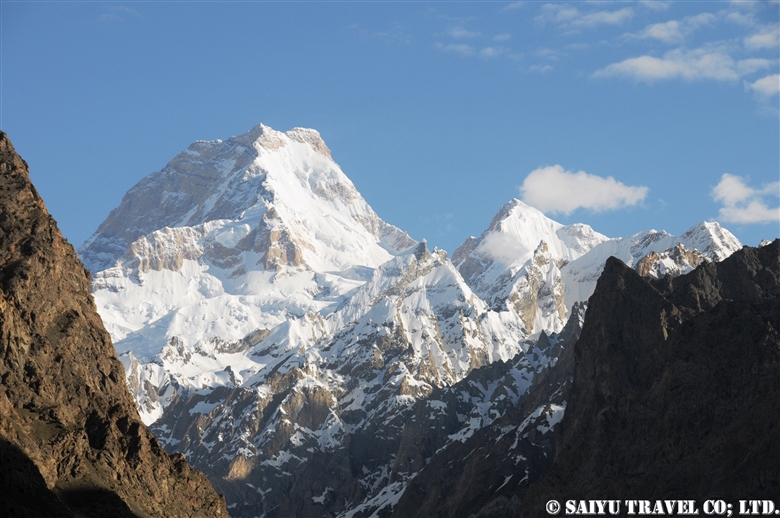
The glorious K1 Masherbrum (7,821 m) seen from the Hushe valley. You can clearly see it from near the Hushe village, but we went towards the camp of Brumbruma a little further.
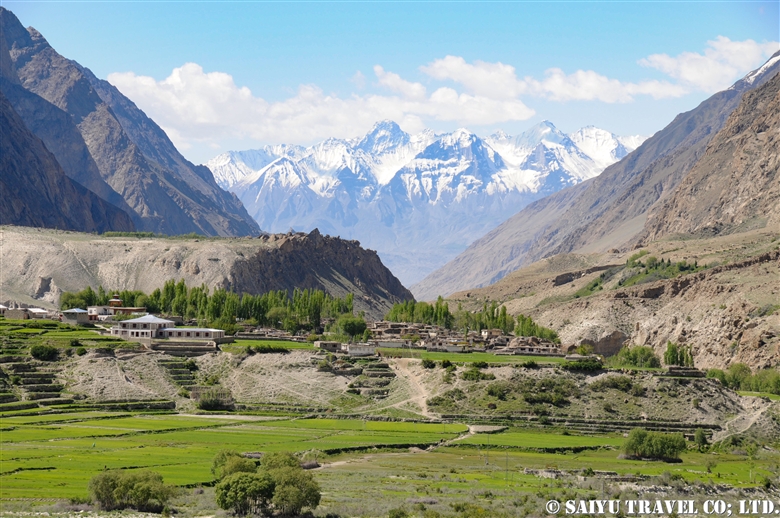
In June, a lush green beautiful village of Hushe. It is a village that is an another gateway to the Karakoram.
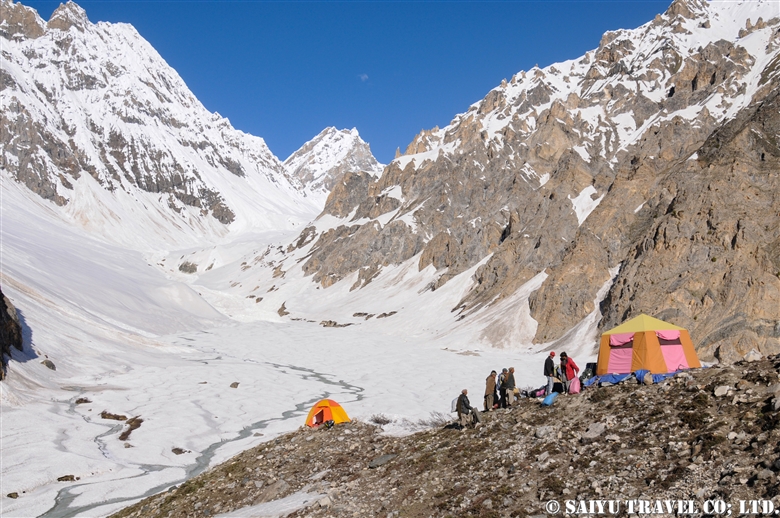
A camp of Brumbruma, 4,500 m above sea level. No doubt, it was a snowy year.
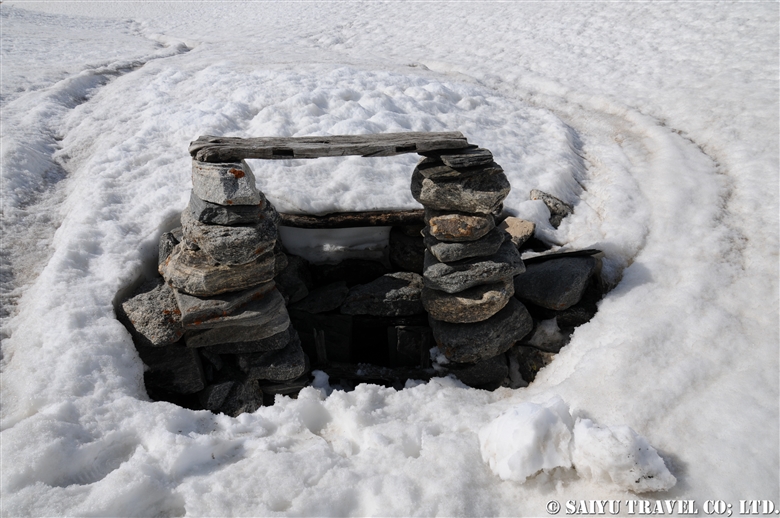
“The Snow Leopard’s trap”, I saw on the way to Brumbruma from the Hushe village. Unquestionably, Snow Leopards must be protected at any cost… This seems to be an old one, and there are a lot of Snow Leopard sightings in the Hushe valley. Villagers here proudly say, “Come in the winter, We will show you the Snow Leopard.”
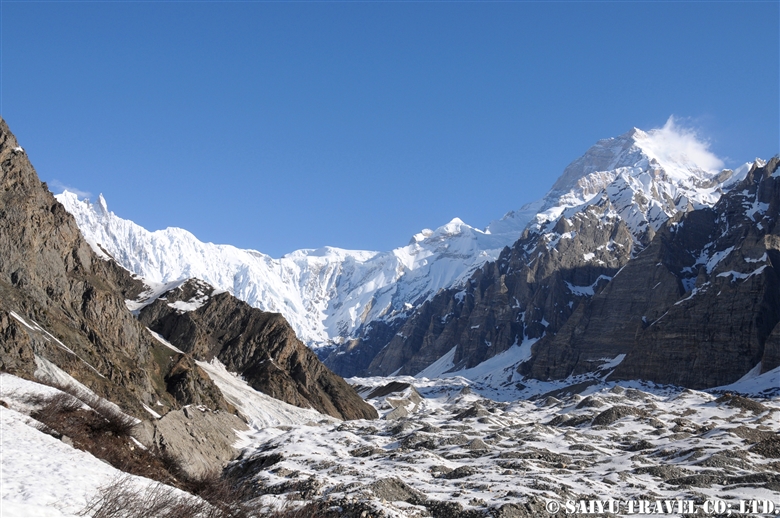
Majestic figure of Masherbrum.
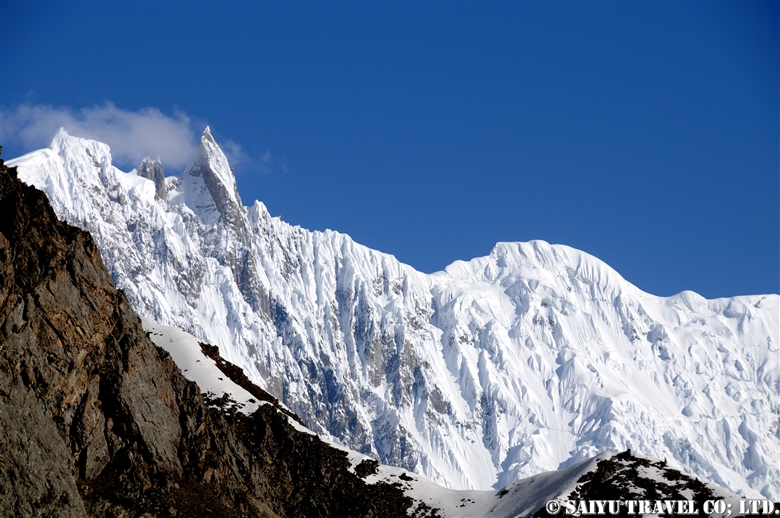
A series of beautiful and sublime ice walls.
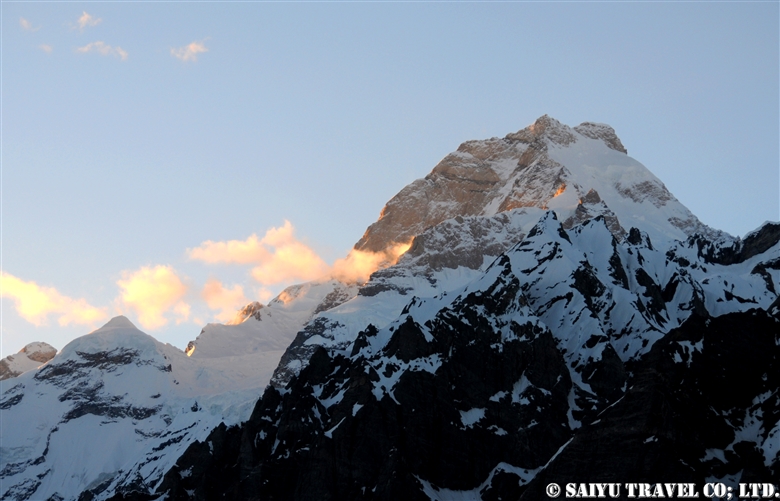
From the camp of Brumbruma, Masherbrum in the golden colors of sunset.
Photo & Text : Mariko SAWADA
Visit : Jun 2010, Brumbruma Camp, Hushe Valley, Gilgit -Baltistan
Tag : Brumbruma , Hushe valley , Hushe village , Pakistan Trekking , K1 , Pakistan Travel company , Masherbrum , Pakistan tour operator , Pakistan Blog , Pakistan Photography Tour , Travel Pakistan Blog , Karakorum Trekking , Traveling Pakistan , Indus Caravan , Saiyu Travel Pakistan






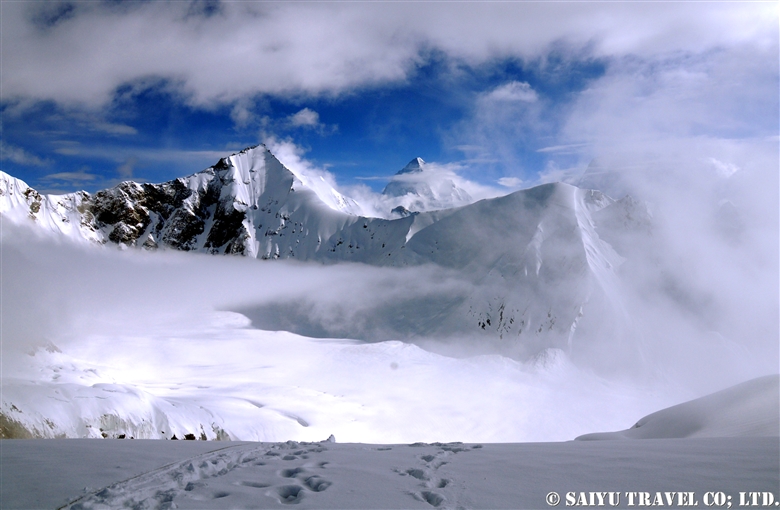

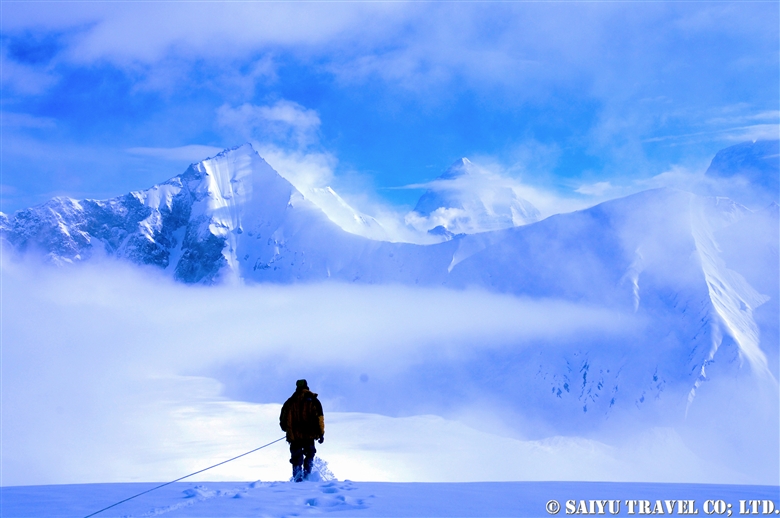


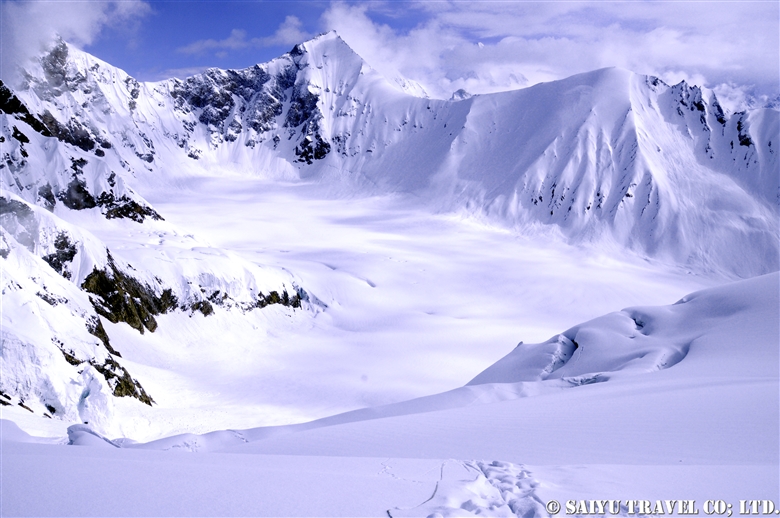
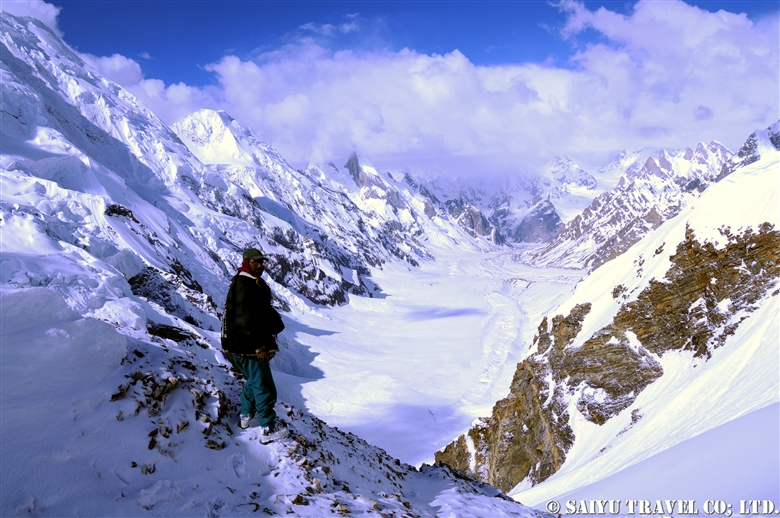
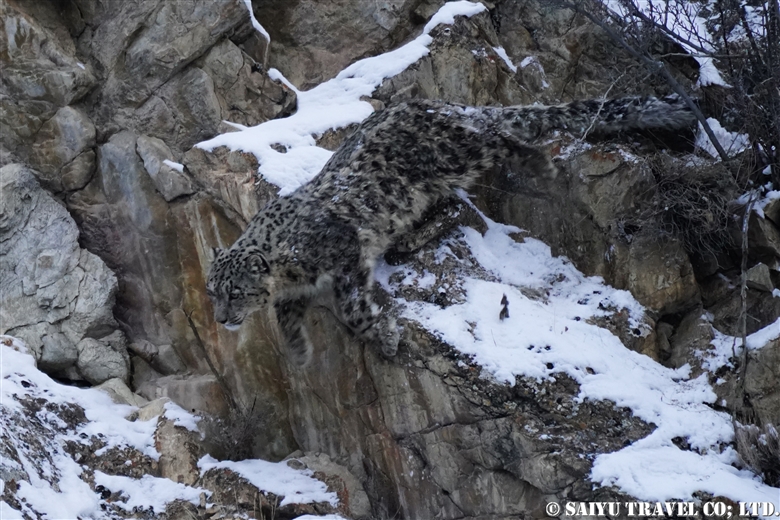


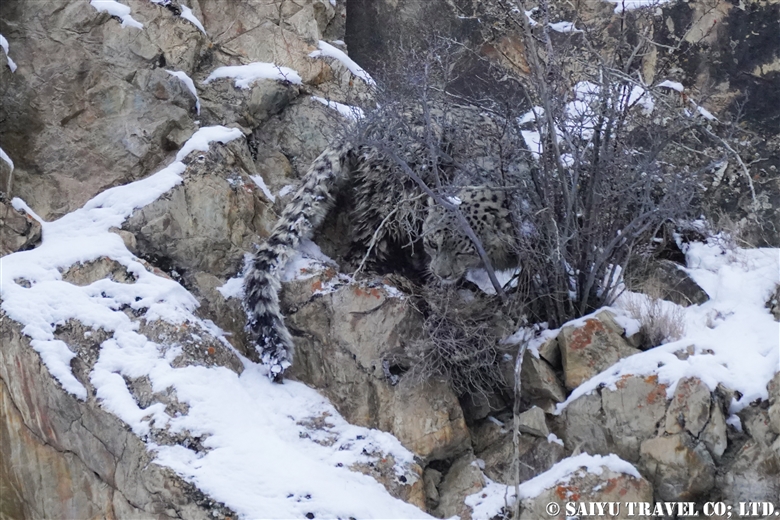
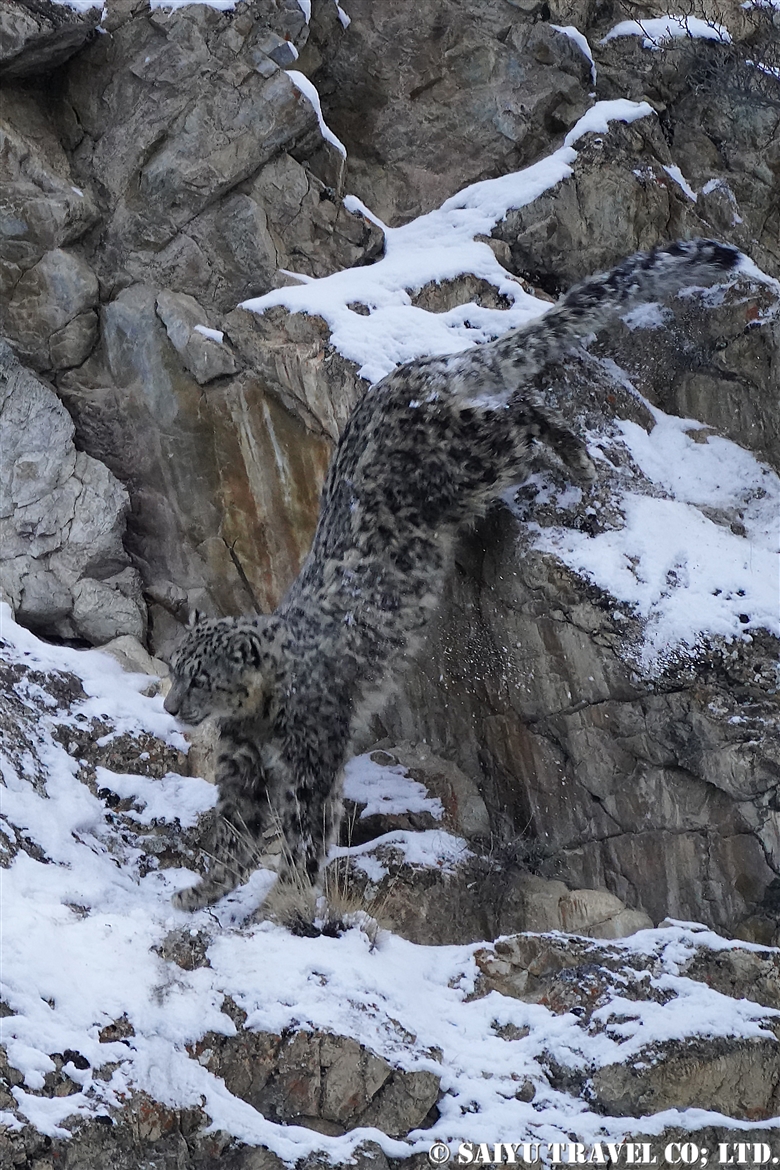
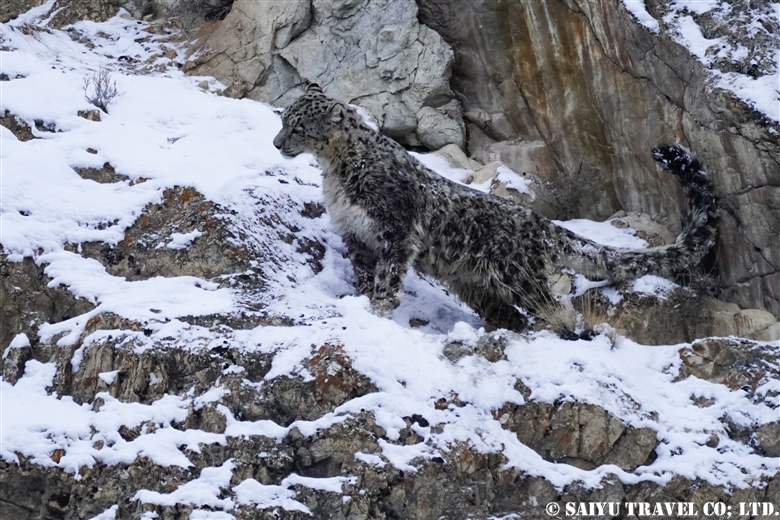



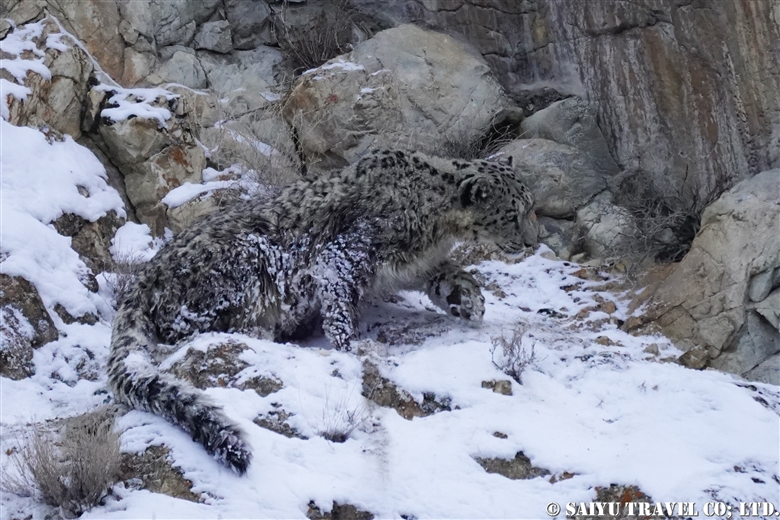
Mud-Volcano-Explorer|西遊旅行.jpeg)

















